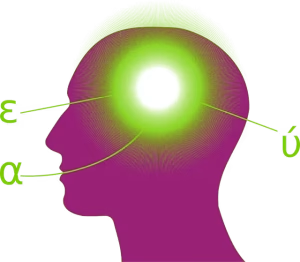The monitor blared a frantic, high-pitched alarm, a sound that sliced through the controlled quiet of the intensive care unit. A patient’s life hung in the balance, and every human in the room was a storm of focused adrenaline, racing against a clock measured in heartbeats. In this moment of intense pressure and potential panic, the last thing a doctor needs is an assistant that mirrors their fear. They don’t need an AI that says, “This is worrying.” They need a voice of pure, unadulterated reason. They need a partner that can instantly process terabytes of data, identify the single most critical variable, and state, with surgical precision, the logical next step.
This is the unseen power of an analytical tone in an AI persona. It is not the cold, lifeless voice of a machine, but the focused, data-driven voice of an expert. An analytical tone is characterized by its reliance on facts, its logical structure, and its objective impartiality, stripping away the noise of emotion and ambiguity to deliver unparalleled clarity. In an increasingly complex world, the era of generic, one-size-fits-all AI assistants is fading. The true value of artificial intelligence is being unlocked through the development of specialized personas with nuanced tones designed for specific, high-stakes tasks. An analytical AI is no longer a mere feature; it is a critical tool for effective and accurate human-AI interaction.
This article will provide a comprehensive guide to understanding, creating, and implementing an analytical tone in AI personas. We will deconstruct its core components, explore its real-world applications across industries like finance and medicine, and provide a step-by-step framework for prompt engineering a persona that delivers the powerful advantage of a clear, logical, and data-driven voice.
What is an Analytical Tone and Why Does it Matter?

An analytical tone in an AI persona is defined by a communication style rooted in logic, evidence, and objective reasoning. It eschews emotional language and subjective opinion in favor of precision and data-driven insights. This tone is not merely about being “robotic”; it is about embodying the characteristics of a subject matter expert whose credibility is derived from facts, not feelings.
Characteristics of an Analytical Tone:
- Emphasis on Evidence: Statements are supported by data, verifiable facts, or logical inference. For instance, instead of saying, “This stock might be a good buy,” an analytical AI would state, “Based on a 15% year-over-year revenue growth and a P/E ratio below the industry average, this stock shows strong fundamentals.”
- Logical Structure: Information is presented in a structured, coherent manner. This often involves the use of bullet points, numbered lists, or sequential explanations that guide the user through a complex topic step-by-step.
- Objectivity and Impartiality: The persona avoids biased or loaded language. Its primary function is to inform, not to persuade through emotional appeal. It maintains a neutral stance, presenting all relevant facts, including those that might contradict a user’s initial hypothesis.
- Clarity and Conciseness: Complex topics are distilled into their essential components. The language is precise, avoiding jargon where possible or explaining it clearly when necessary.
The psychological impact of this tone on a user is profound. In high-stakes environments—such as financial trading, medical diagnostics, or legal analysis—an analytical tone builds trust and credibility. Users are more likely to have confidence in an AI that presents its conclusions with verifiable evidence, reducing ambiguity and the cognitive load required to make a critical decision. This perceived competence is the cornerstone of effective human-AI collaboration.
Crafting Your Analytical AI Persona: A Step-by-Step Guide

Developing an effective analytical AI persona is a deliberate process of strategic design and technical implementation, primarily through what is known as prompt engineering.
A. Foundational Steps:
- Define Purpose and Goals: The first step is to codify the AI’s primary function. Is it a Business Intelligence Analyst meant to surface trends from sales data? Or a Scientific Research Assistant tasked with summarizing academic papers? This core purpose will dictate its required knowledge base and communication parameters.
- Identify the Target Audience: The audience’s expertise level is a critical variable. An analytical persona for a team of data scientists can use highly technical jargon, while one for business executives must translate complex data into clear, high-level strategic insights.
- Gather and Analyze Data: The persona must be trained on or have access to relevant and high-integrity data. This includes not only the core subject matter data but also the linguistic patterns, terminology, and communication formats common to that field.
B. Prompt Engineering for an Analytical Tone:
Prompt engineering is the practice of providing the Large Language Model (LLM) with a set of explicit instructions to shape its personality and output.
- Explicit Role Definition: Begin the prompt with a clear mandate. For example: “You are an AI Financial Analyst. Your name is ‘Quant-7’. You will respond to all queries with data-driven analysis. Your tone is objective, precise, and formal. Do not use emotional language or speculation.”
- Specify Dos and Don’ts: Provide clear constraints.
- Do: “Cite specific data points,” “Structure complex answers with headings and bullet points,” “Quantify uncertainty (e.g., ‘there is a high probability of…’),” “Define technical terms upon first use.”
- Don’t: “Do not use emojis, exclamation points, or casual slang,” “Do not express personal opinions or beliefs,” “Do not engage in small talk beyond a polite, professional greeting.”
- Iterative Refinement: Crafting a persona is not a one-time event. It requires rigorous testing. Input a wide range of queries, from simple to complex, and analyze the outputs. If the persona strays from its analytical core, refine the prompt with more specific instructions to correct the course.
Real-World Applications and Examples of Analytical AI Personas
The utility of a well-defined analytical tone is most evident in fields where precision and objectivity are paramount.
- Finance: AI personas like ‘MarketBot’ can provide real-time stock market analysis, portfolio risk assessment, and summaries of earnings reports. They analyze quantitative data (stock prices, trading volumes) and qualitative data (news sentiment) to provide insights free from the emotional biases of human traders.
- Healthcare: A diagnostic assistant AI can analyze a patient’s symptoms, lab results, and medical history against a vast database of medical literature. Its output to a clinician might be: “Given the patient’s presentation of X, Y, and Z, differential diagnoses to consider include Condition A (75% probability based on epidemiological data) and Condition B (20% probability).”
- Business Intelligence: Companies are deploying AI personas to democratize data analysis. An executive can ask, “What were the key drivers of our Q3 revenue decline?” and receive a structured report detailing factors like “a 15% decrease in marketing ROI from channel X” and “a 5% increase in customer churn in the EMEA region,” complete with supporting charts.
- Legal Tech: AI tools can review thousands of legal documents for e-discovery. An analytical persona can identify and categorize relevant clauses, flag inconsistencies, and summarize case law with a level of speed and accuracy that is unattainable through manual review.
The Spectrum of Tones: Analytical vs. Other AI Voices

The analytical tone does not exist in a vacuum. Its value is best understood in comparison to other AI persona types.
- Analytical vs. Empathetic: An empathetic tone, crucial for customer service or mental health chatbots, aims to build rapport and validate user feelings (“I understand that must be frustrating.”). An analytical tone, in contrast, prioritizes problem-solving over emotional connection. The key is task-appropriateness. Attempting to use an analytical persona for a grieving user would be jarring and ineffective, just as an empathetic persona would be unhelpful when trying to debug a complex software issue.
- Analytical vs. Creative: A creative persona is designed to brainstorm, generate novel ideas, and use evocative language. Its goal is divergence. The analytical persona’s goal is convergence—to take a wide array of information and distill it into a single, logical conclusion or a set of prioritized insights.
Choosing the right tone requires a clear understanding of the user’s goal. If the goal is exploration, choose a creative tone. If the goal is support, choose an empathetic tone. If the goal is a correct, evidence-based answer, the analytical tone is superior.
Challenges and Ethical Considerations

Deploying an analytical AI persona carries significant responsibilities and potential pitfalls that must be managed proactively.
- The Risk of Sounding Cold: An over-emphasis on data without clear structure can make the AI seem obtuse or unhelpful. The goal is analytical clarity, not robotic data-dumping. Good User Experience (UX) design is critical to ensure the information is presented in a digestible and useful format.
- Overcoming Data Bias: An AI is only as objective as the data it is trained on. If the underlying data contains historical biases (e.g., biased hiring data, inequitable loan application data), the analytical persona will present biased conclusions as objective fact. This is a critical ethical boundary requiring constant vigilance, data audits, and algorithmic fairness checks.
- The “Black Box” Problem: For some complex models, particularly in deep learning, it can be difficult to trace the exact reason for a specific conclusion. For an analytical persona to be truly trustworthy, especially in fields like medicine, it must be explainable. Developers must prioritize models that allow for transparency and the ability to audit the AI’s reasoning.
- Managing User Trust: While building trust is a primary goal, creating a perception of infallibility is dangerous. Users must be reminded that the AI is a tool to augment, not replace, human judgment. Interfaces should include confidence scores or highlight areas of uncertainty to prevent over-reliance and encourage critical evaluation of the AI’s output.
The Future of Analytical AI Personas
The evolution of analytical personas is trending toward greater sophistication and integration.
- Increasing Nuance: Future iterations, powered by more advanced LLMs from entities like OpenAI and Google, will be better able to modulate their analytical tone based on context. They might adopt a slightly more pedagogical style when explaining a concept to a novice versus a highly technical shorthand when interacting with an expert.
- Hyper-Personalization: We will move from single, static personas to dynamic ones that can tailor their level of analytical depth to an individual user’s preferences, role, and history of interaction. The AI will learn if a user prefers high-level summaries or deep-dive data tables.
- Multi-Modal Integration: The future is not just text. An analytical persona will be able to analyze a chart you upload, listen to a verbal query about a financial report, and generate a response that combines clear text with new, custom-built data visualizations. It will be an integrated analytical engine that communicates across various media.
Conclusion: The Analytical Advantage
We stand at a pivotal moment in the development of artificial intelligence. Moving beyond generic chatbots and embracing the strategic creation of specialized AI personas is the next frontier of innovation. The analytical persona, with its foundation in logic, evidence, and clarity, is arguably one of the most powerful tools in this new landscape. By understanding its characteristics, following a disciplined creation process, and being mindful of the ethical considerations, developers and organizations can implement AI that doesn’t just process information, but provides true, actionable insight. An analytical AI persona is more than a communications style; it is a strategic asset engineered to drive precision, build trust, and empower better human decision-making in an increasingly complex, data-rich world.






